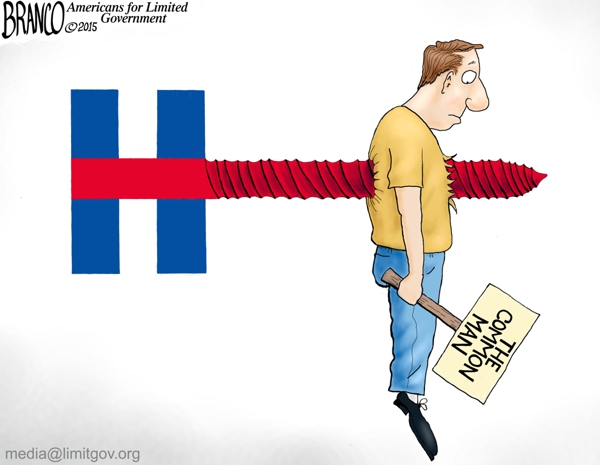“This election may be good for divorce lawyers. The gender gap is massive and currently benefits Trump.”
That was Peter Brown, assistant director of the Quinnipiac University Poll, commenting on polls conducted in key battleground states Ohio, Pennsylvania and Florida conducted April 27 to May 8.
These polls reveal probably the largest gender gap in modern electoral history. 2016 has all of the makings of a classic battle of the sexes between Donald Trump and Hillary Clinton.
In Pennsylvania for example Trump leads among men by 21 points, while Clinton enjoys a 19-point margin among women. The state is split roughly even as a result, 43 percent for Clinton versus 42 percent for Trump, well within the poll’s 3 percent margin for error.
In Florida, Trump leads men by 13 points and Clinton leads women by 13 points. That state too breaks 43 percent to 42 percent for Clinton.
So long as the gender gap remains relatively evenly split, the 2016 election might be very, very close. But elsewhere in the poll, in spite of conventional wisdom that Trump would be unelectable because of the gender gap, it appears he could win because of it.
In Ohio, Trump is up 15 points among men, but Clinton is only up 7 points among women. As a result, Trump is leading Ohio, 43 percent to 39 percent.
That has got to be terrible news for Clinton campaign. We haven’t even gotten past the party nominations yet and key swing states are already within the margin of error.
But more to the point, U.S. elections for obvious reasons tend to favor the candidate with the most lop-sided support among one gender or another, historical data from Gallup shows.
In 1972 and 1984, respectively, Richard Nixon and Ronald Reagan respectively enjoyed 26 and 28 point edges among men — and they won in massive landslides.
In 1992, 1996, 2008 and 2012, Bill Clinton and Barack Obama respectively won by winning the female vote and neutralizing Republicans’ advantage among men.
For Trump then, the path to victory is maximizing his advantage among men and neutralizing Clinton’s advantage among women. For Clinton, obviously, the opposite strategy comes into play.
But Clinton may be the one playing at a disadvantage.
Trump appears to be winning with men on an economic set of issues against unbridled trade and immigration and in favor of American jobs and economic growth — which can have broad appeal regardless of gender.
Clinton has been overtly running as the first female party nominee who would be the first female president. What we’re seeing is that Clinton’s message targeted directly at females is repelling males.
And the damage may have already been done. Just look at the latest Fox News exit poll from West Virginia, where Clinton loses to Bernie Sanders among men 53 percent to 34 percent, and nearly half of Sanders supporters say they would vote for Trump in November if Clinton is the nominee.
Those are very bad numbers for Clinton at this stage of the game, and may indicate more than just a gender gap problem for Democrats. After 8 years of Democrat control of the White House, voters may be ready for a change — and Clinton represents the status quo.
After all, this is not the first time a pronounced gender gap has occurred — with males breaking overwhelmingly for the Republican candidate. It doesn’t require a female party nominee to occur. It simply requires Democrats to control the White House for a prolonged period of time. Ronald Reagan won the male vote by 15 points in 1980, and George W. Bush by 7 points in 2000, per Gallup.
Meaning, while 2016 has the outward appearance of a battle of the sexes — where we undoubtedly be treated to non-stop performances of Irving Berlin’s “Anything You Can Do” — it may not be much different than other races where the incumbent party simply fared poorly.
Robert Romano is the senior editor of Americans for Limited Government.







